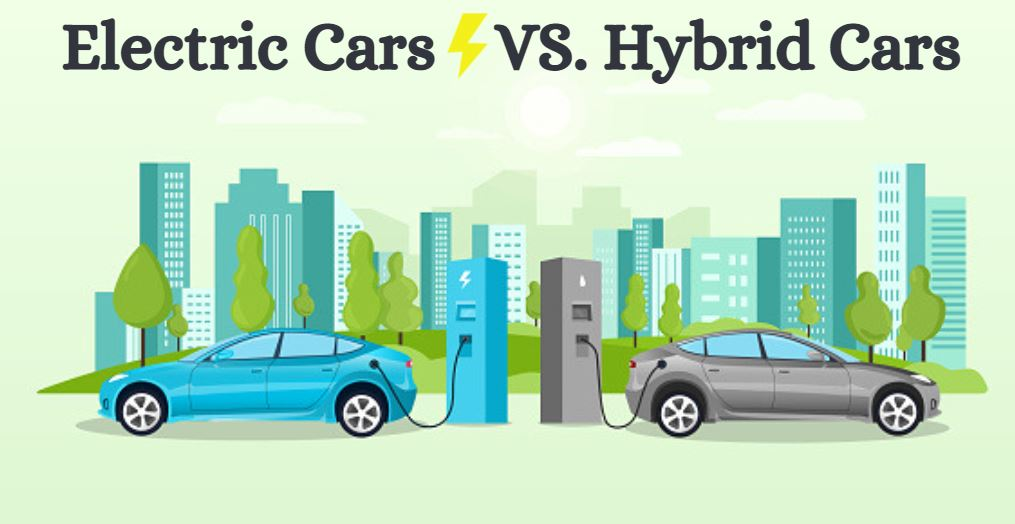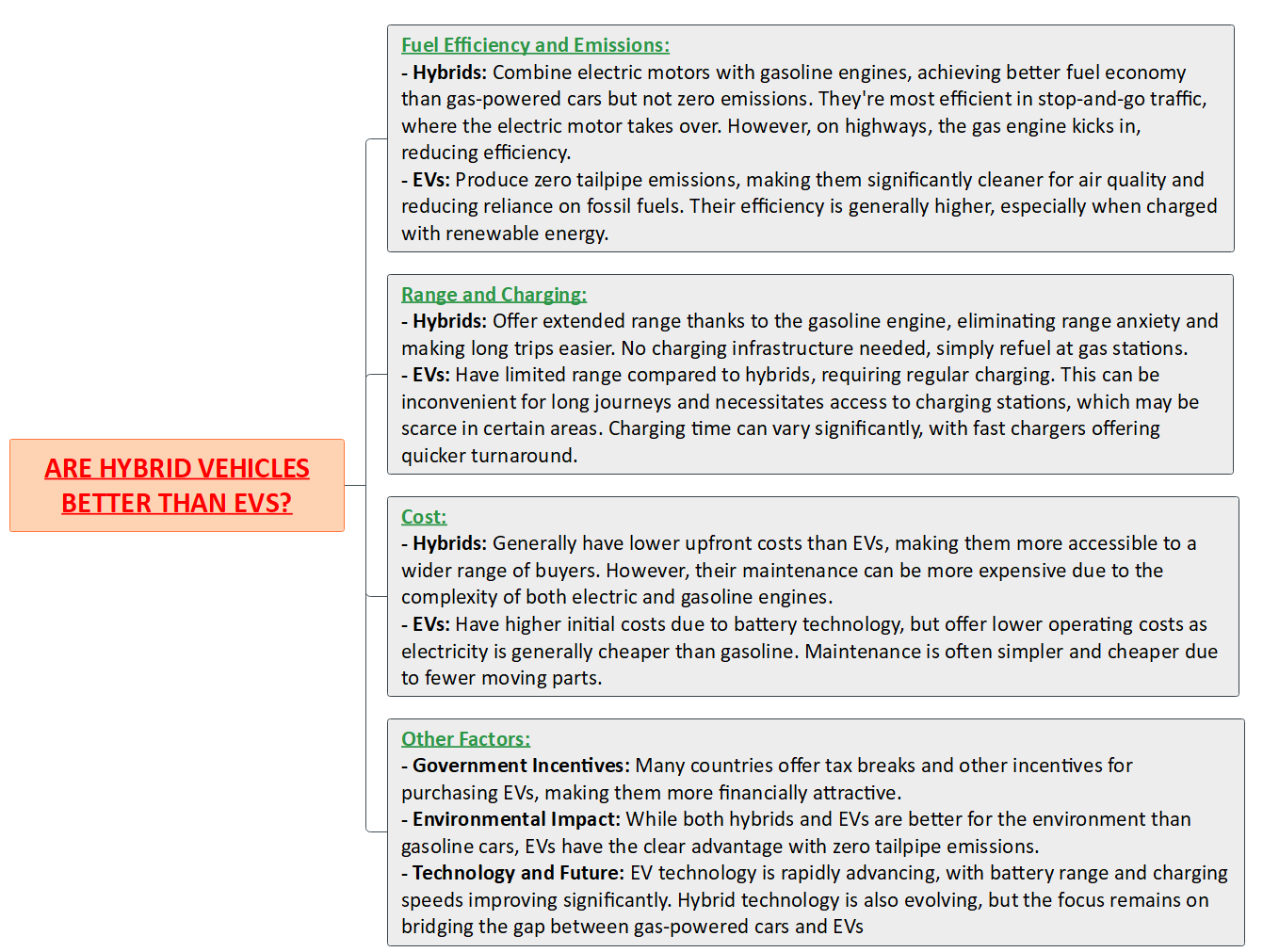Free Courses Sale ends Soon, Get It Now


Free Courses Sale ends Soon, Get It Now



Copyright infringement not intended
Picture Courtesy: blog.statiq.in
Context: The HSBC Research suggests that hybrid vehicles could be a cleaner and more practical medium-term solution for India compared to electric vehicles (EVs), at least for the next 5-10 years.
Key Highlights of the research
Lower Carbon Emissions
Decade-long Advantage for Hybrids
Hybrids as a Practical Medium-Term Solution
Convergence of Emissions
Challenges in EV Adoption

Conclusion
Must Read Articles:
Electric Vehicles: https://www.iasgyan.in/blogs/electric-vehicles-22
|
PRACTICE QUESTION Q. How would the economic and social impacts of increasing EV adoption differ in developed vs. developing countries with varied access to electricity, technology, and infrastructure? Could hybrid technology offer a more equitable transition pathway in some contexts? |
© 2024 iasgyan. All right reserved